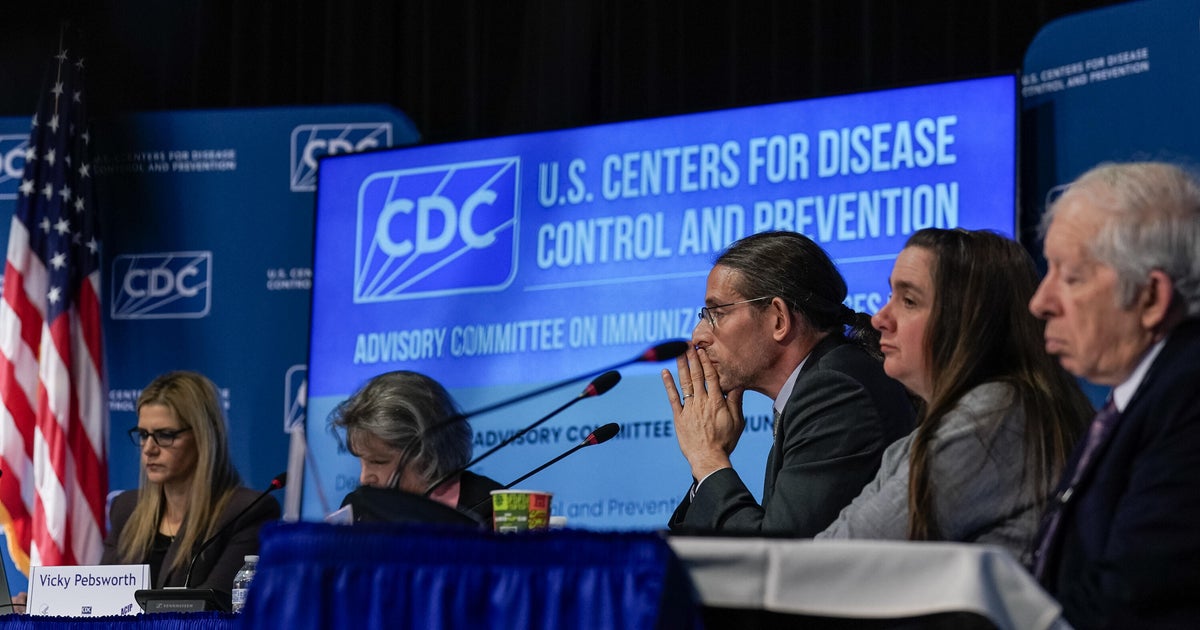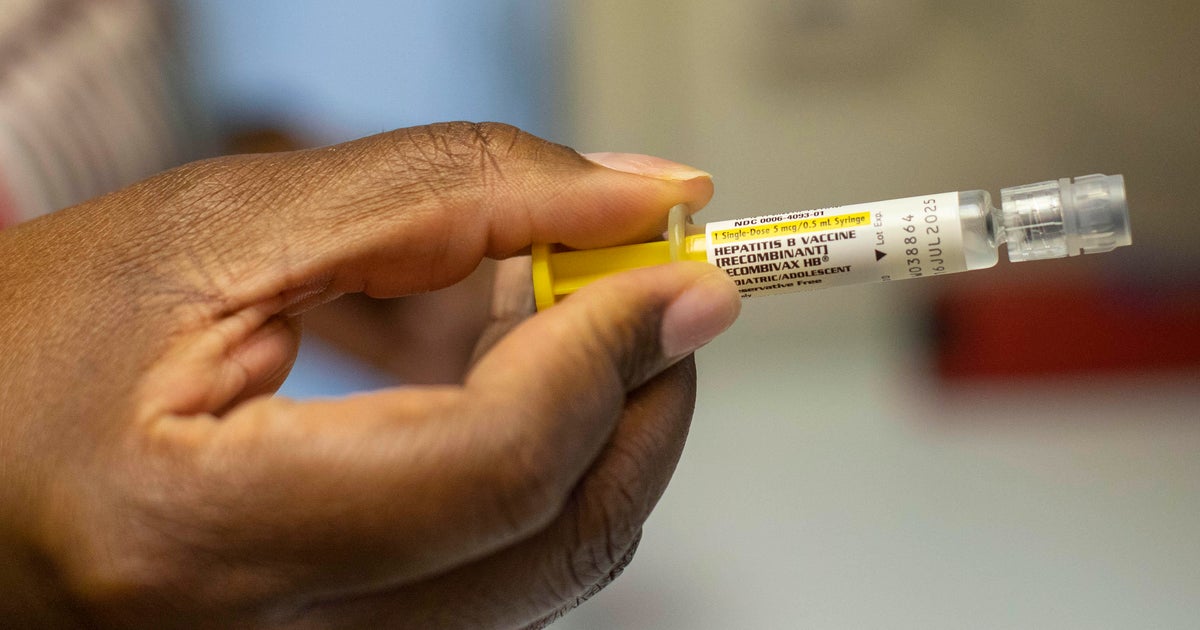Salmonella outbreak in 37 states linked to onions, CDC says
Fresh onions have been identified as the source of a Salmonella outbreak across 37 states, the Centers for Disease Control and Prevention announced Wednesday. The Food and Drug Administration, CDC and other health officials concluded that fresh, whole red, white and yellow onions imported from Chihuahua, Mexico, and distributed by ProSource Inc. are behind the outbreak.
The onions, which were sold to U.S. restaurants and grocery stores, were last imported on August 27, the distributor said. However, according to the CDC, potentially infectious onions could still be in homes and businesses due to the product's shelf life of up to three months.
As of Wednesday, 652 Salmonella illnesses and 129 hospitalizations from the disease have been reported in 37 states, including Texas, Virginia, California and Illinois, the CDC said. But the number of cases is likely higher than the amount reported due to the time it takes to classify a sick person as part of the outbreak and how often those with Salmonella recover without being tested or receiving medical care, according to the CDC.
The CDC has urged businesses not to serve fresh, whole onions that were imported from Chihuahua and distributed by ProSource Inc., and has asked people not to eat them. Onions without proper stickers or packaging that indicate the brand and country where the item was grown should be thrown out, the CDC advised. Surfaces and containers that may have been touched by impacted onions should be washed with hot, soapy water or run through a dishwasher, the CDC said.
The outbreak was reported between May 31 to September 31, the CDC said. Those affected range in age from younger than 1 to 97 years old. No deaths have been reported as of Wednesday.
Symptoms of Salmonella — a bacterial disease — include diarrhea, fever and stomach cramps usually six hours to six days after a person swallows the bacteria, according to the CDC. Symptoms typically last from four to seven days, and most people can recover without treatment.
The illness can sometimes cause severe disease, like infection of the urine, blood, bones, joints, spinal fluid and brain. Immunocompromised people and those under the age of 5 or older than 65 are more at risk for severe illnesses.
Each year, the bacteria causes about 1.35 million illnesses, 26,500 hospitalizations and 420 deaths in the U.S., the CDC estimates.







